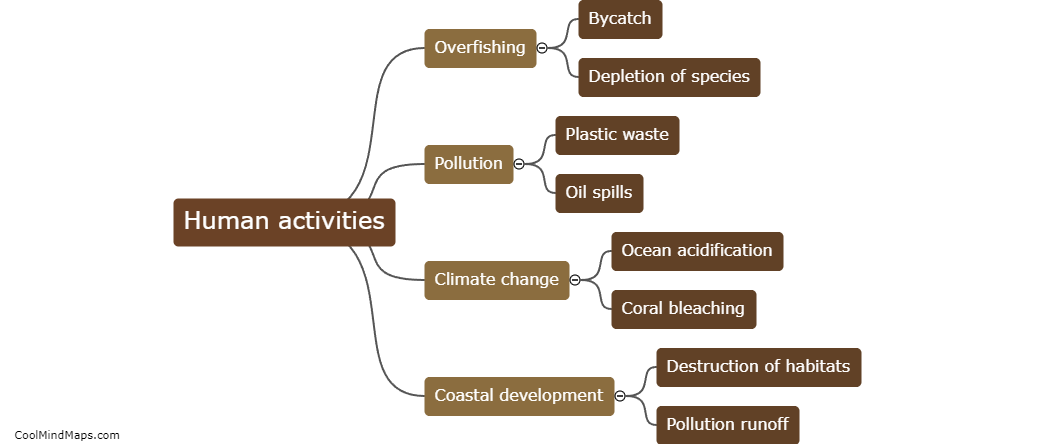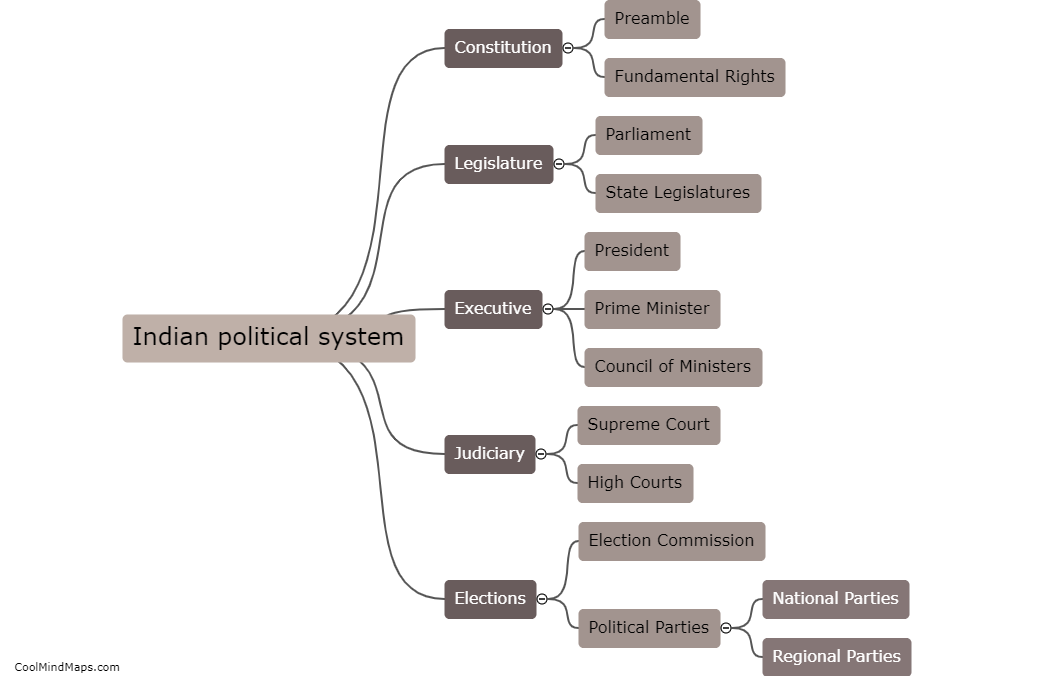How are cellulose nanofibrils incorporated into barriers?
Cellulose nanofibrils (CNFs) are increasingly being used as a sustainable and eco-friendly alternative in barrier applications. To incorporate CNFs into barriers, various methods can be employed. One common approach is to disperse the CNFs in a liquid medium, such as water or a solvent, and then apply them onto the barrier surface. The CNFs can form a dense network by self-assembly, creating a physical barrier against molecules or particles. Another method involves blending CNFs with a polymeric matrix, such as biodegradable polymers or other materials, to enhance the barrier properties. The CNFs act as reinforcing agents, thereby increasing the strength and resistance of the barrier. Overall, incorporating CNFs into barriers offers potential for improved performance, reduced environmental impact, and wider applications in areas such as food packaging, biomedical coatings, and composites.

This mind map was published on 30 November 2023 and has been viewed 103 times.











